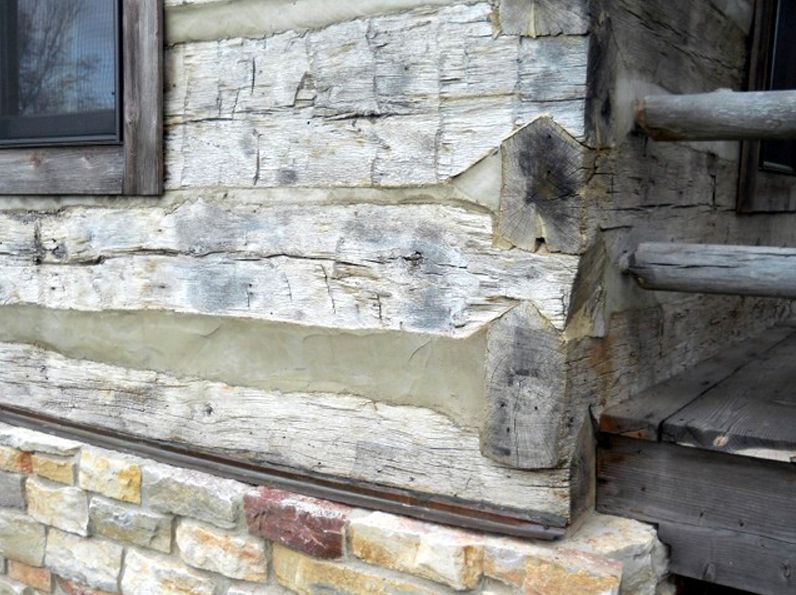
If you're chinking a log cabin, you must gauge the weather conditions. Other steps in chinking a log home include: 1. If newly stained, the coating should be thoroughly cured before the chinking application.

You'll get the best results if you apply chinking to wood that has been previously coated with a compatible stain. Tubes of Chinking:īefore beginning your log cabin chinking, you should stain your logs. 1" wide chinking joint= 195 lineal feetĬoverage Rates per Case of 30-oz.It's essential to estimate how much log cabin chinking sealant you will need.Ĭoverage Rates per 5-Gallon Bucket of Chinking:

For a larger 4-inch chinking joint, a 5-gallon bucket would last 45 lineal feet. A 5-gallon bucket of chinking will be suitable for 195 lineal feet for 1-inch chinking joints. The amount of chinking you need depends on the size of your log cabin and the size of the chinking joints.

The materials and tools needed for log cabin chinking can vary depending on the size and condition of the gaps between the logs. Before discussing log chinking techniques, let's review what you use to chink a log cabin.


 0 kommentar(er)
0 kommentar(er)
